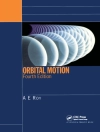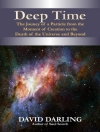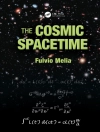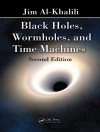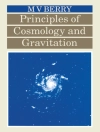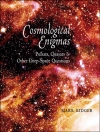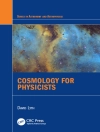Since the 1990s, the pace of discovery in the field of solar and space physics has accelerated, largely owing to NASA investments in its Heliophysics Great Observatory fleet of spacecraft. These enable researchers to investigate connections between events on the Sun and in the space environment by combining multiple points of view.Recognizing the importance of observations of the Sun-to-Earth system, the National Research Council produced a solar and space physics decadal survey in 2003, laying out the Integrated Research Strategy. This strategy provided a prioritized list of flight missions, plus theory and modeling programs, that would advance the relevant physical theories, incorporate those theories in models that describe a system of interactions between the Sun and the space environment, obtain data on the system, and analyze and test the adequacy of the theories and models.Five years later, this book measures NASA’s progress toward the goals and priorities laid out in the 2003 study. Unfortunately, very little of the recommended priorities will be realized before 2013. Mission cost growth, reordering of survey mission priorities, and unrealized budget assumptions have delayed nearly all of the recommended NASA spacecraft missions. The resulting loss of synergistic capabilities in space will constitute a serious impediment to future progress.
Committee on Heliophysics Performance Assessment & Division on Engineering and Physical Sciences
Performance Assessment of NASA’s Heliophysics Program [EPUB ebook]
Performance Assessment of NASA’s Heliophysics Program [EPUB ebook]
Beli ebook ini dan dapatkan 1 lagi GRATIS!
Bahasa Inggris ● Format EPUB ● Halaman 78 ● ISBN 9780309177573 ● Penerbit National Academies Press ● Diterbitkan 2009 ● Diunduh 3 kali ● Mata uang EUR ● ID 7142830 ● Perlindungan salinan Adobe DRM
Membutuhkan pembaca ebook yang mampu DRM


